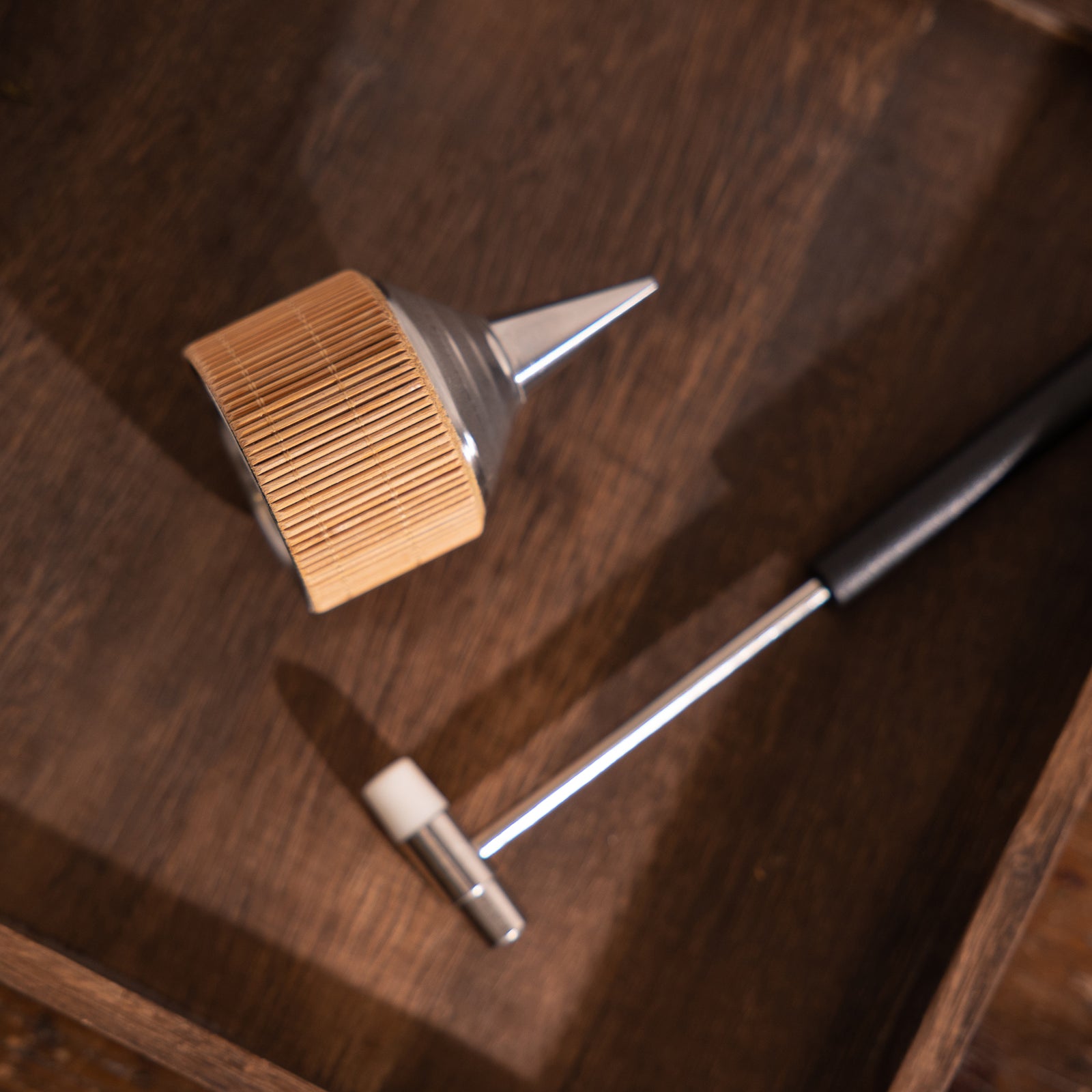After reviewing the academic research on this topic, our conclusion is that high quality natural incense, when used in moderation in a home setting, poses minimal health risks. We found a succinct and helpful summary posted on the Australian Government Cancer Council website about this precise question, so if you’re looking for a quick answer, we highly recommend it. We also wrote a fairly lengthy article on this specific topic, which includes links to a number of prominent academic studies in this area. If you’ve got the time, we also recommend that you check it out, and follow the links to read some of the studies yourself.
It is true that the burning of incense – like many other things we burn - releases chemicals into the air. These include Polycyclic aromatic hydrocarbons (PAHs), Volatile organic compounds (VOCs), particulate matter (PM), among others. But to date, no large scale studies have conclusively shown that moderate incense use at home releases the level of chemicals required to significantly affect a person’s risk of cancer. Our understanding is that all these chemicals exist in the air from many natural and industrial sources, and most of us live with some daily exposure to them in the form of car exhaust, dust from construction, factory emissions, natural fires, etc... Most governments regulate the level of these emissions, and set a level below which they are considered tolerable for general human health.
However, we do believe these chemicals are detrimental to health if they are inhaled at large quantities and for a pro-long period of time. This is especially the case if the incense has synthetic additives. So for temple workers or nearby residents, there can be significant health effects. We do not recommend anyone be exposed to incense on an ongoing basis in this way without protection.
That is not to say we shouldn’t all exercise moderation and take some common sense precautions when burning incense at home. We would suggest using high quality, natural incense as much as possible. And while the incense is burning, keep doors and/or a window open, ventilate the area regularly, and keep the incense some distance away from your face. You can also consider running an air purifier. We do all of these things when we use incense. Additionally, exercise caution to not start a fire, and take precautions to allow your pets to move around if you have any (see more details about pets in the section below).


























